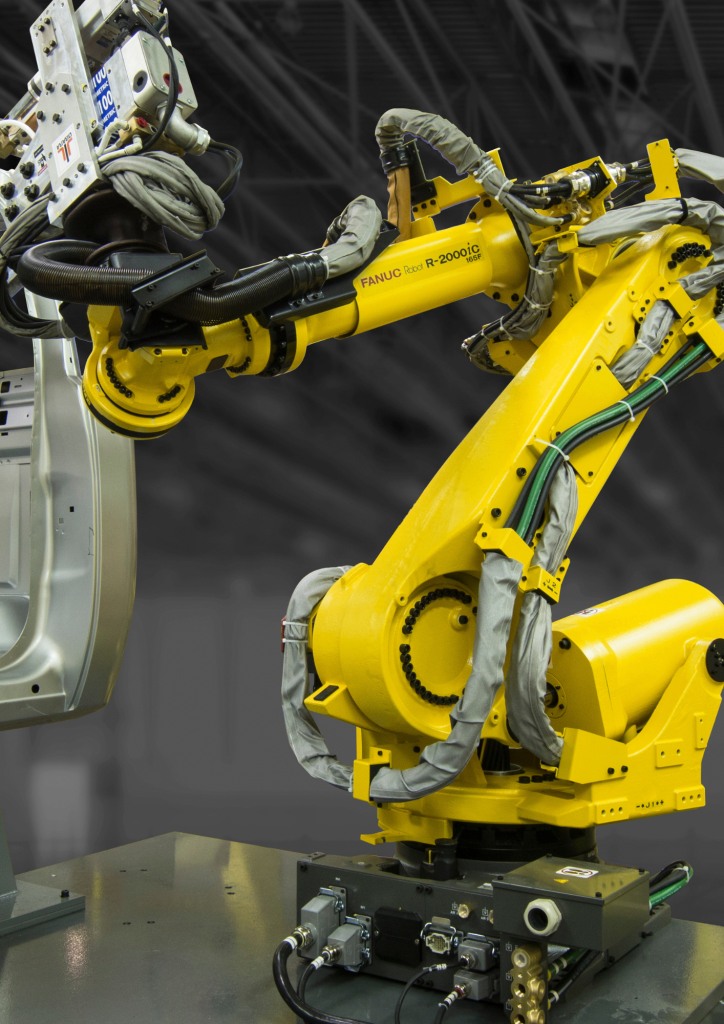In the heart of modern manufacturing, robotic arms are changing the rules of production, mixing precision, safety, and efficiency in ways that were once unimaginable. These amazing machines – commonly known as robot arms become essential to industries around the world, driven by an urgent necessity to reduce operating costs without compromising on quality. Robotic arms are now integrated into production lines to lower costs and increase security. We’ll investigate how these groundbreaking machines are changing the landscape of industrial production.
The cost-effectiveness of robotics is driving the adoption robots across the globe. Factory owners are under constant pressure to minimize workplace injuries, limit production errors, and cut down on production waste. Robotic arms address these issues head-on. Contrary to human laborers, robot arms complete routine tasks with precision which eliminates costly errors and reducing the waste of raw material. For instance, in high-volume industries such as automotive manufacturing arms execute precise welding and part placement to ensure perfect assembly each time. This accuracy can result in significant savings as fewer flaws will mean less rework, wasted and rework.

Image credit: automatedsolutions.com.au
The security of robotic arms is a cornerstone. Human workers are at risk in the course of performing a variety of manufacturing tasks, such as handling hazardous material or operating machines that are heavy. Utilizing robot arms, firms can keep workers out of dangerous areas. This lowers the risk of workplace injuries. A robotic arm, designed as a kinematic chain of movable joints, mimics the functionality of a human arm but operates without the risk of physical harm. The machines come with robotic hands or end-effectors that can be programmed. They are able to perform tasks such as grasping, spinning, and welding in conditions that could make it dangerous for humans.
Robotic arms are revolutionizing a variety of industries because of their flexibility. Robots can be adapted to many different tasks, from assembly for automobiles to electronic production. The ability to program these arms allows them to perform complex tasks like painting or applying fiberglass with an unparalleled quality of consistency. Robotic arms have revolutionized the process of palletizing in warehouses, automating it with speed and precision. Automation is not just efficient but also ensures safety as robot arms are able to perform their work without fatigue.
One of the most intriguing innovations in this area is the rising popularity of collaborative robots or cobots. They collaborate with human employees. Cobots with robotic arms, in contrast to traditional industrial robots, which are isolated in cells, are designed to be able to communicate with humans securely and smoothly. Cobots that are equipped with robotic arms are able to perform routine or heavy lifting tasks in factories, which allows human workers to focus on more complicated responsibilities. The collaboration improves productivity while also ensuring a safe working surroundings, as cobots can be trained to stop or change their movement if someone is in the vicinity.
The effect of robotic arms extends far beyond safety and efficacy to the very foundations of modern manufacturing. The ability of robot arms to complete tasks that require precision like welding, material handling or assembly is what makes them essential in industries where safety is a priority. For instance, in automotive manufacturing, a robotic arm is able to rotate and move components during assembly, ensuring perfect alignment without human intervention. In the field of electronics, robots are employed to manage delicate components, which decreases damage and increases the quality of output.
As industries continue to evolve the role of robotic arms will continue to grow. Because they are able to cut costs, improve safety and adapt for different tasks robotic arms will be essential to the future of manufacturing. Robot arms, which blend cutting-edge technologies with human creativity They are not just tools they are also partners in the process. They inspire innovations and revolutionize the way that the world is built.
